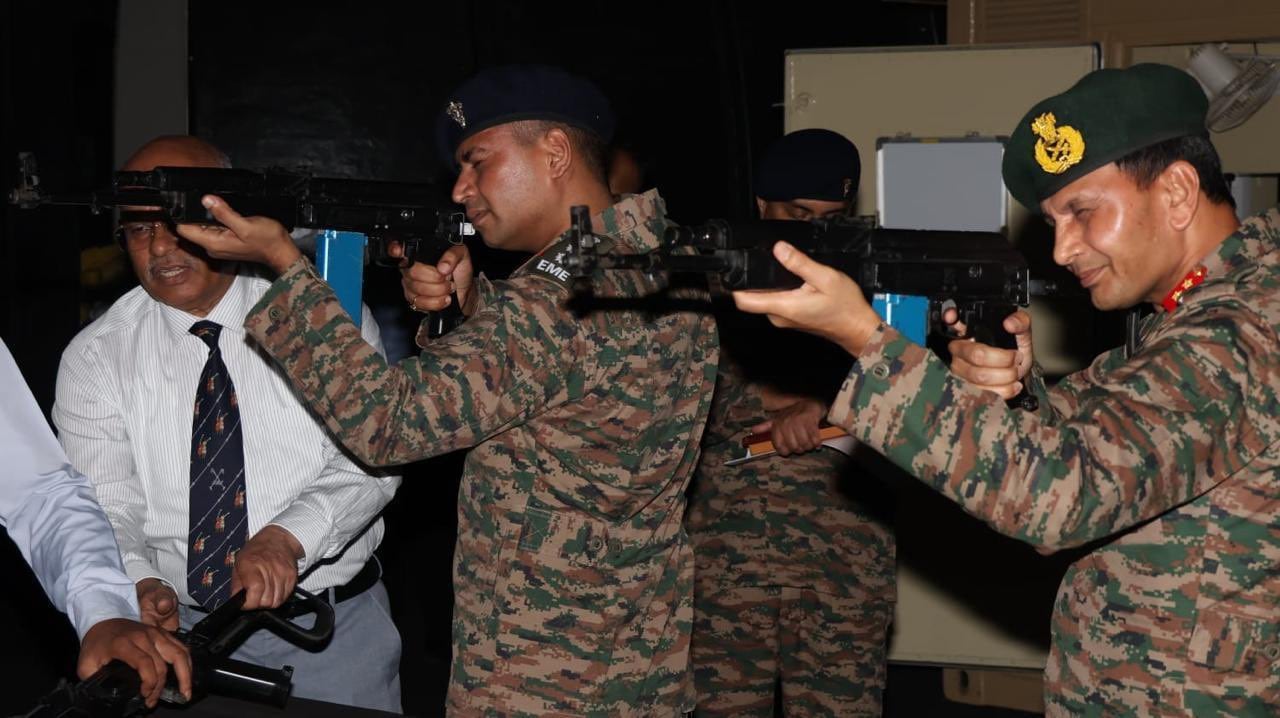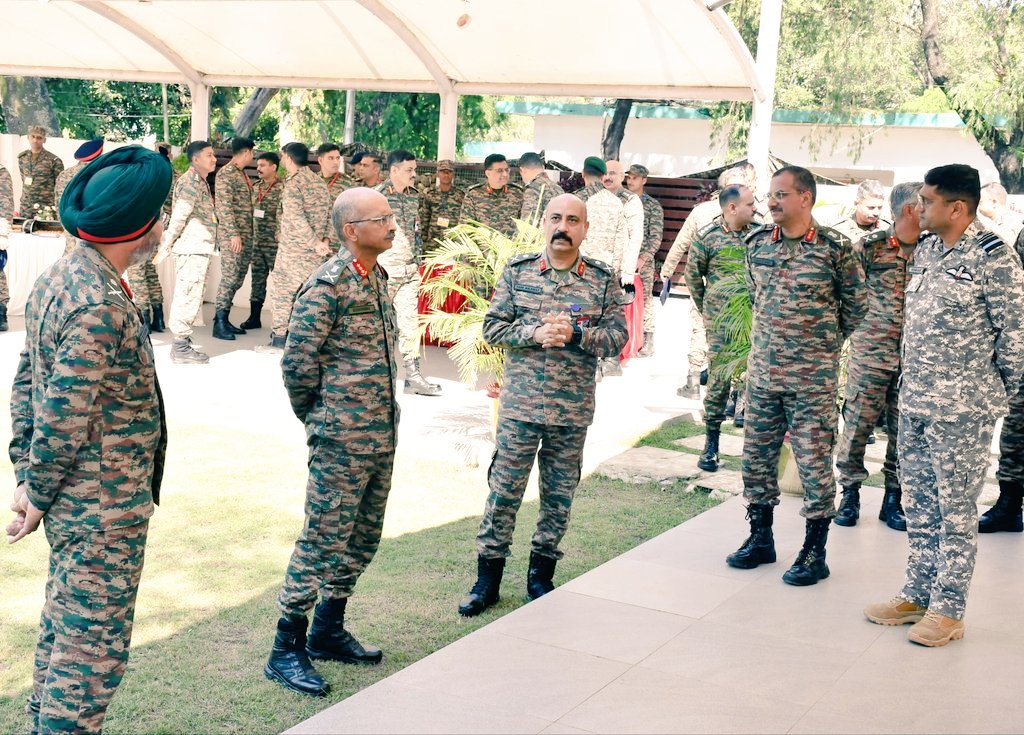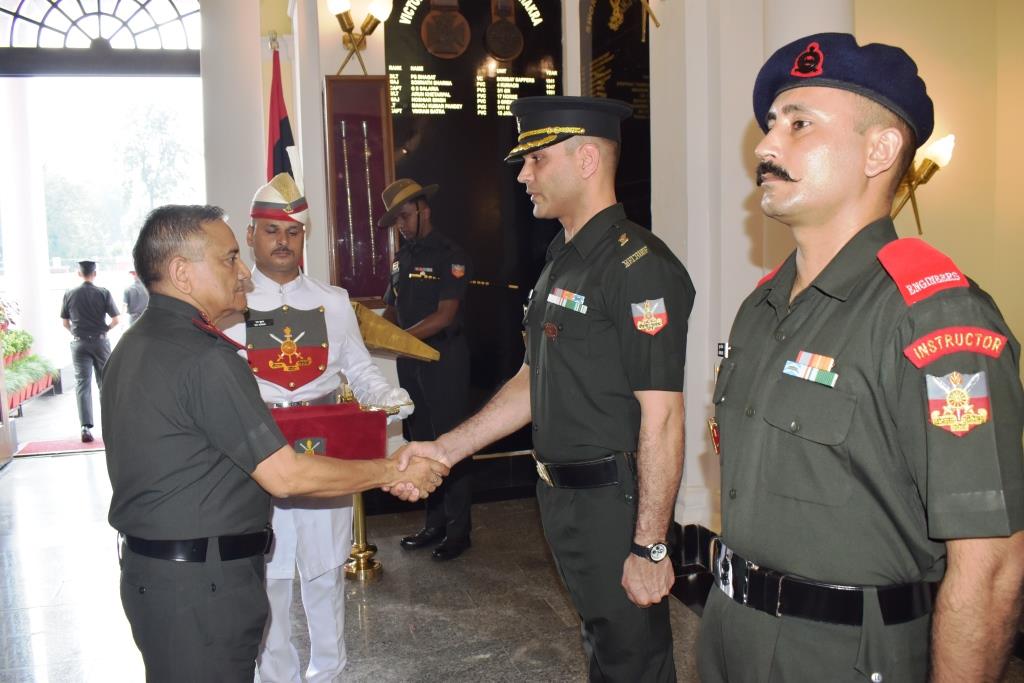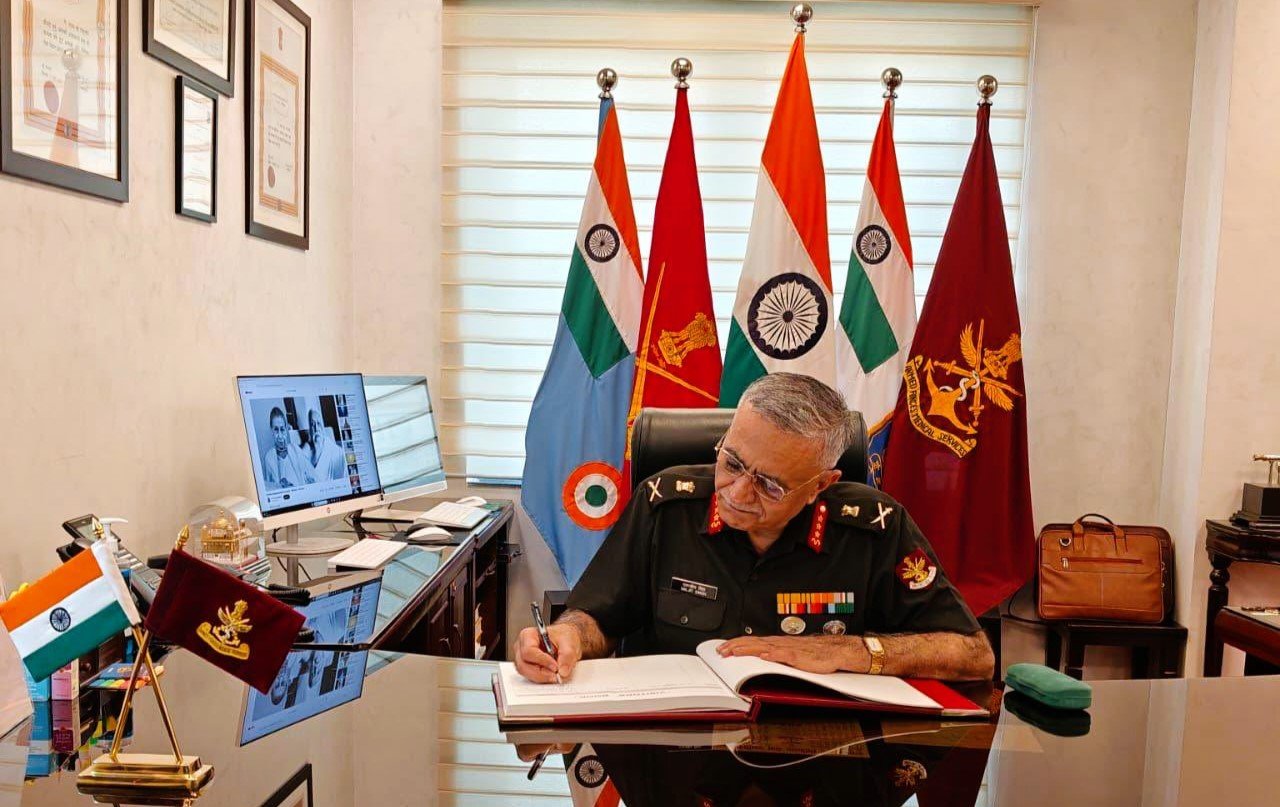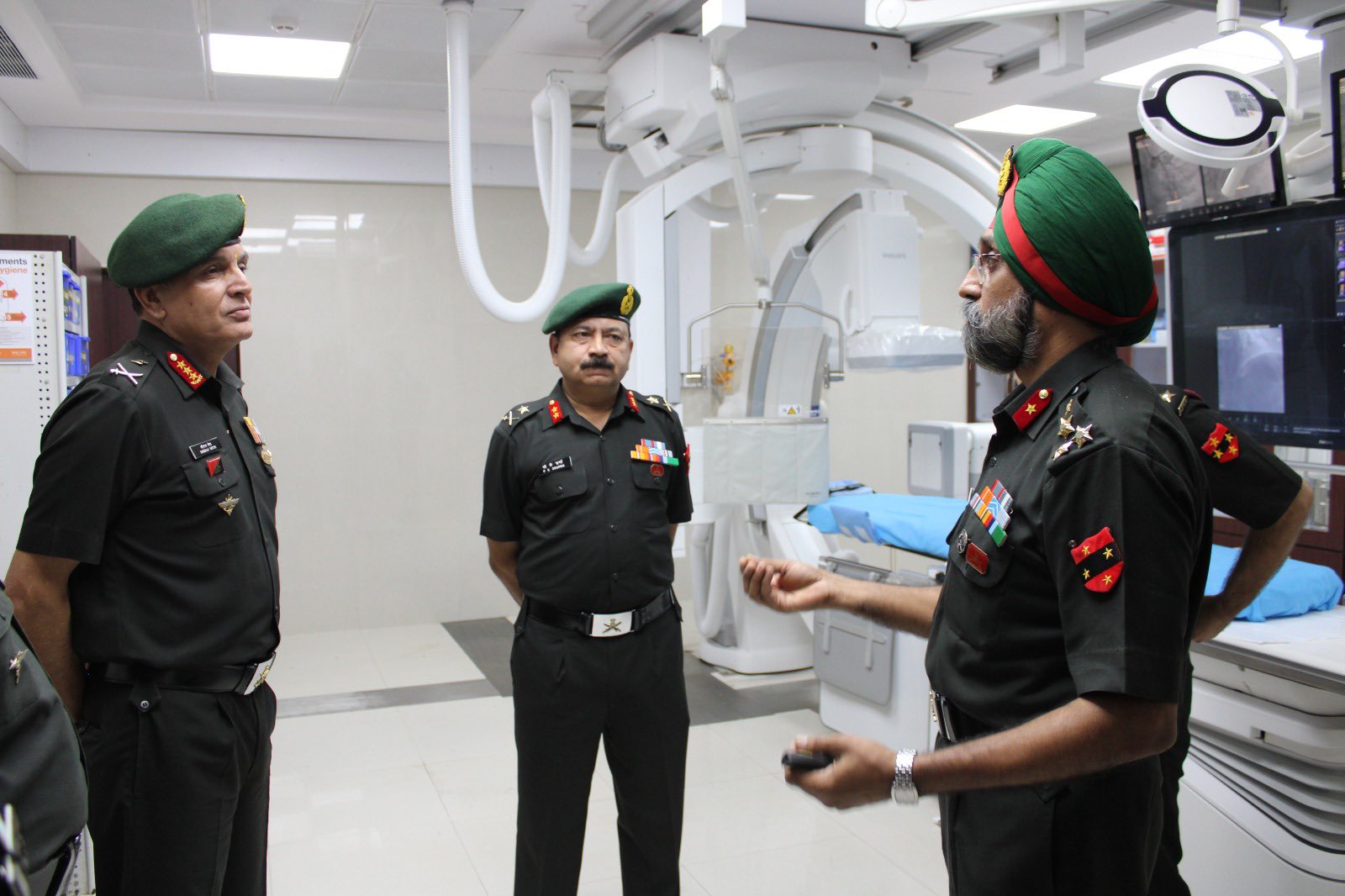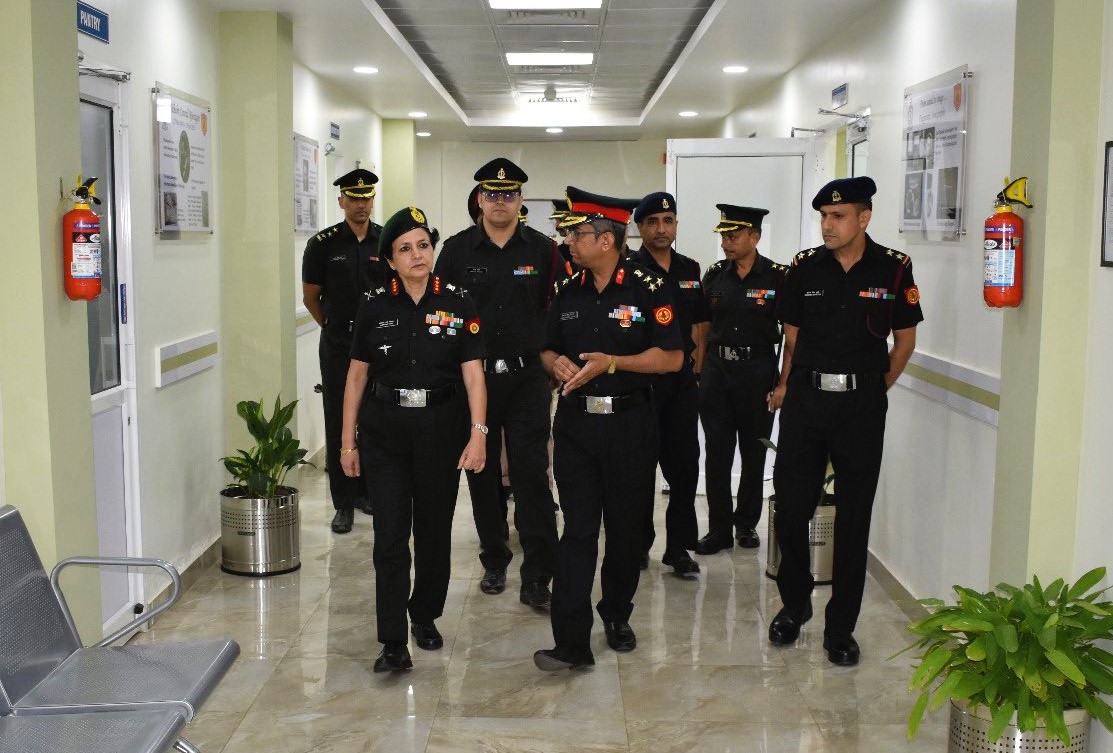Maj Gen Akhilesh Kumar, GOC Bison Division, Pushes for Indigenisation with Visit to Defense Manufacturers and T-Hub in Hyderabad
In line with the Government of India's Atmanirbhar Bharat initiative, Major General Akhilesh Kumar, General Officer Commanding (GOC) of the…
Dhruva Air Defence Conclave 2024 Held at Udhampur: Focus on Joint Deployment of Air Defence Systems
Udhampur: The Dhruva Air Defence Conclave 2024 was successfully conducted in Udhampur, focusing on strengthening India's air defence capabilities in…
CDS General Anil Chauhan Visits Indian Military Academy
In a significant visit to the Indian Military Academy (IMA), General Anil Chauhan, Chief of Defence Staff (CDS), addressed officers…
Lt Gen Daljit Singh Superannuates After Over 40 Years of Distinguished Service as DGAFMS
Lt Gen Daljit Singh, Director General of Armed Forces Medical Services (DGAFMS), officially relinquished his post today, marking the end…
Lt Gen Dhiraj Seth Inaugurates Advanced Biplane Cardiac Catheterization Lab at Army Institute of Cardio Thoracic Sciences, Pune
In a significant development for military healthcare, Lt Gen Dhiraj Seth, AVSM, Army Commander of Southern Command, inaugurated a state-of-the-art…
Lt Gen Sadhna Saxena Nair Inaugurates State-of-the-Art CT Scan Centre at Military Hospital, Roorkee
In a significant step toward enhancing medical infrastructure within the armed forces, Lt Gen Sadhna Saxena Nair, Director General of…

